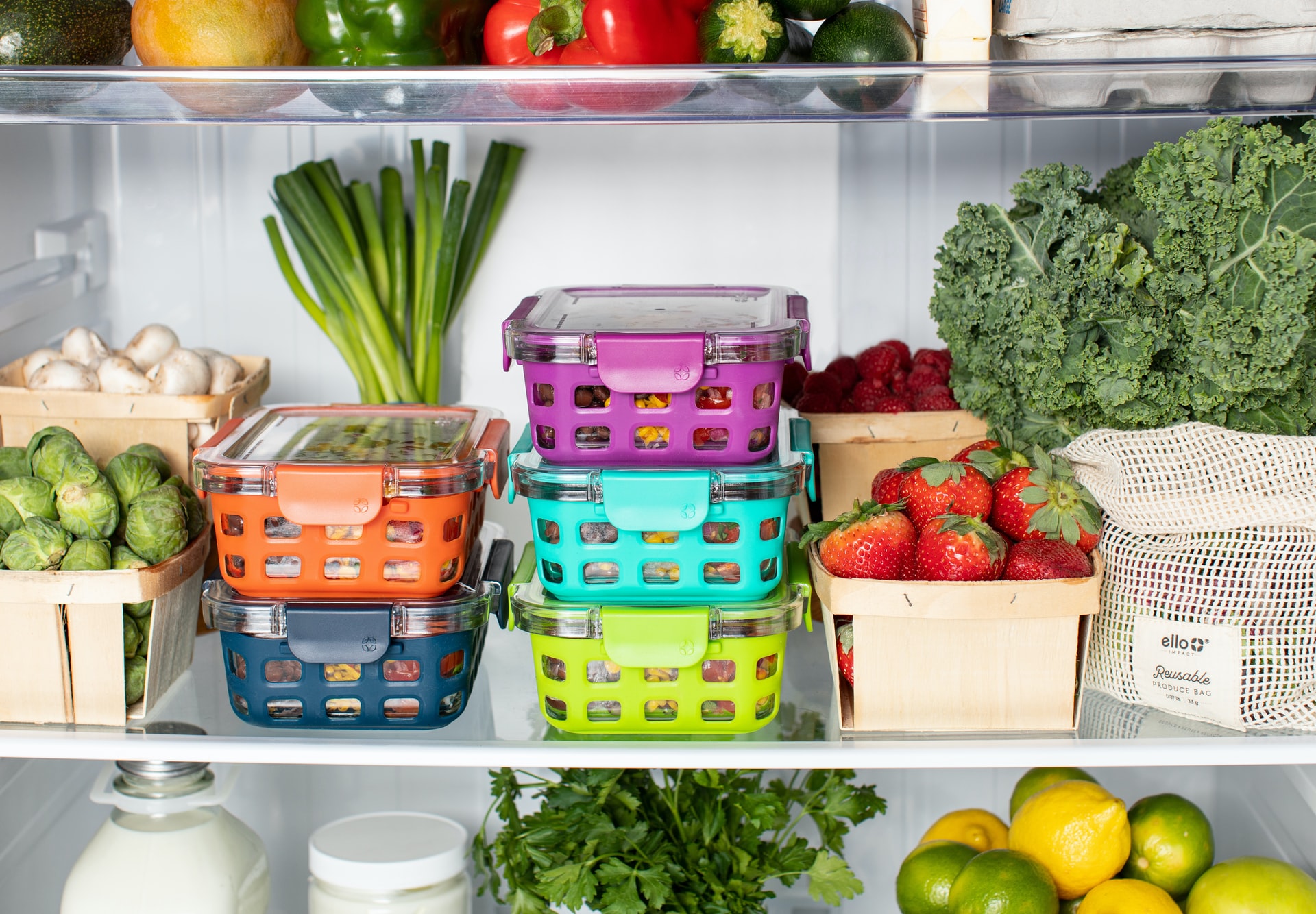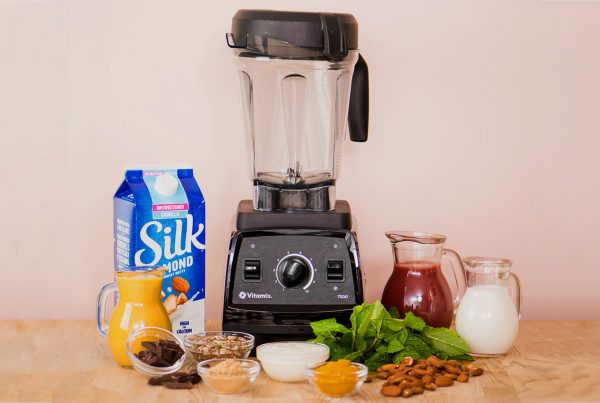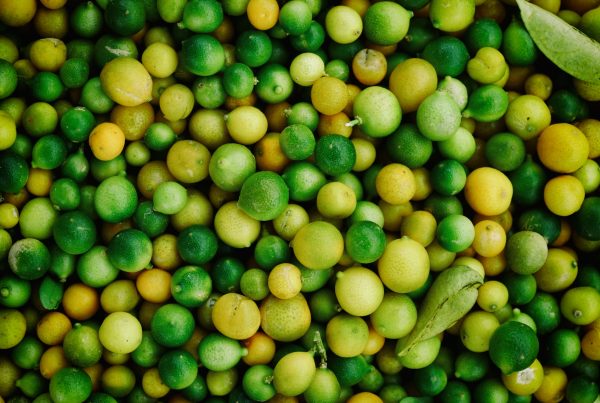It’s hard to imagine life without all the conveniences that make everyday necessities within arms reach, like the fridge, grocery stores filled with shelf stable food, and apps that bring dinner to your doorstep.
Humans have been finding new ways to produce, consume and store food since, forever. Our advancements in food is what got us here today, living in a world of abundance, options, and bananas available all year round across the globe.
Food is one of, if not the most, important resources humanity has had to learn to manage. So it’s no wonder that so much effort has been put into innovating ways to make it last longer, to travel long distances, last through the winter, or prevent quick spoiling at home.
Yet despite our efforts to save food, we seem to produce and waste much more than we know what to do with. And while industry changes are happening slowly (we are working on some cool robotics to stop food waste too!) there is an opportunity for everyone to help reduce the amount (2.5 billion tonnes!) Take The Pledge to Stop Food Waste with us and pledge to reduce whatever food category is best suited to you. We will be sharing tips and resources along the way, so sign up and let’s eat instead!
As we look closely at our food habits and consumption we can’t help but look back at history and see how far we’ve come, how we can be inspired by our predecessors, and appreciate how food saving advancements and technology changed the world, the food industry, and brought us to where we are today.
Let’s start from the beginning:
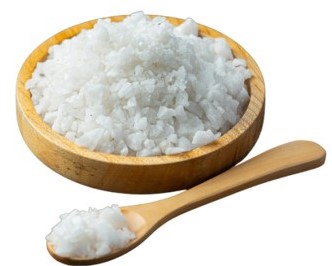
Salt & Smoking Preservation- 2000 BC
We couldn’t look at the evolution of food and food saving without considering one of the major factors that changed the evolution of humanity. Smoking to preserve food came soon after the discovery of harnessed fire, which meant food could be stored for much longer and required less digestion power as the heat did a lot of the work for us.
Both smoking and salting were methods of drying food, as moisture is a breeding ground for bacteria. The simple and ingenious method set humanity up for a spike in evolution with more consistent nutrition available throughout cold seasons.
Canning & Jarring- The 1800’s
Jumping through time, we see humanity finding other innovative ways of locking out bacteria and preventing spoilage. And like many widespread inventions and advancements, the canning method of sealing and sterilizing with heat was developed during wartime out of urgent necessity.
The sealed jarring process was invented in 1809 by Nicolas Appert, in response to a call from the French government for a means of preserving food for army and navy use.

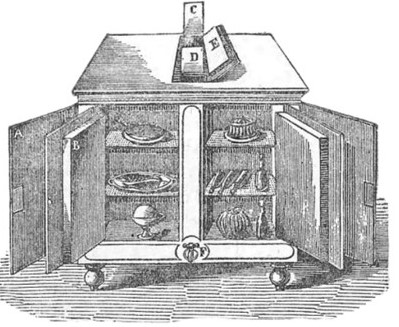
The Icebox- 1840
What did people do without refrigerators? Well, for a little while they were using the handy precursor: The Icebox
This genius invention can be traced back to the 1840’s and designed by carpenters who developed wooden boxes lined with tin or zinc that held ice blocks which were delivered to home daily.
This rudimentary solution was just the beginning of the food saving technology to come.
Freeze Drying- 1900’s
Freeze drying is a method that actually dates back to the time of the Incas, in the 15th century. They would store their crops on the mountain heights above Machu Picchu where the cool temperatures froze their food and the moisture inside slowly evaporated due to the low air pressure of the high altitude.
But freeze drying became a modern art when it was further developed to preserve blood serum during WW2, and then even further developed by NASA to help send food to space for astronauts.
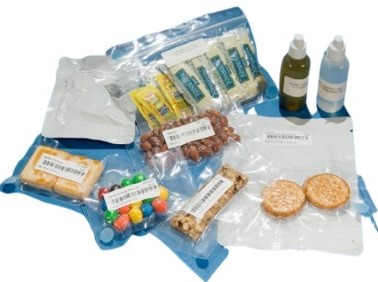

Refrigeration- 1930
The biggest kitchen revolution to date! Invented in the 1930s, the fridge completely changed the way we looked at, and consumed, food. Allowing people to buy and store fresh food and produce in a safe environment for long periods of time. The fridge didn’t make it into every household for a while, of course the wealthier classes had first access. But once it became affordable and common in some parts of the world, families were able to consume higher quality foods more often, like eggs, produce and meats.
Plastic Packaging 1930s-1950s
Plastic took over the world of food, for better or worse, between the 1930s-50s
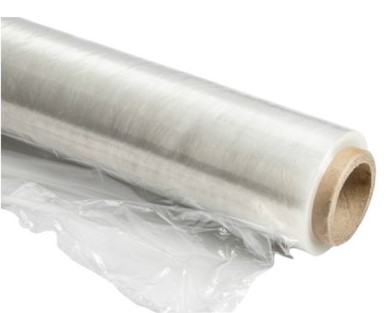
Saran Wrap – 1933
Saran wrap was discovered by accident in 1933 when lab worker Ralph Wiley discovered the plastic wrap by accident when he was cleaning lab equipment and found a film inside one vial was not coming off.
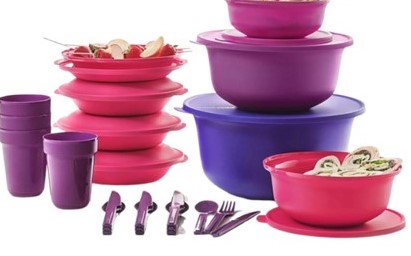
Tupperware – 1942
Developed by Earl Tupper and Brownie Wise, in the 1940s when Earl faced a short supply of plastic resin needed to make plastic materials. All that was available was a black, oily lump of polyethylene slag, a rubbery by-product of the petroleum refining process that collected at the bottom of oil barrels. This became the flexible plastic used today to store food easily
This changed food storage forever making it easier and more affordable than the glass options at the time
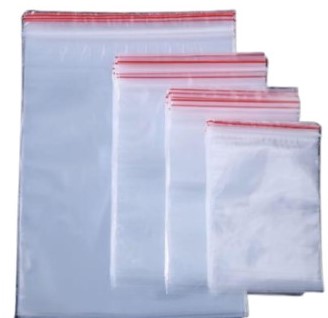
Ziplock – 1951
The Ziplock bag was developed by the company Flexigroup after they purchased the patents from the inventor, Borge Madsen. The airtight plastic zipper quickly became a grocery store and household staple. Today we see many variations of the concept from other reusable materials like silicon.
Artificial Food Preservatives 1954
The reason so much food in the idle aisles of grocery stores can stay shelf stable can be attributed to the invention and use of artificial food preservatives.
Food manufacturers add butylated hydroxyanisole (BHA) and butylated hydroxytoluene (BHT) to foods like cereal and other dry goods to help the fats in these products stay fresher longer. Both BHA and BHT are antioxidants, which means they can provide some protection from the damaging effects of oxygen exposure.
BHT is a synthetically aromatic organic compound derived from the reaction of 4-methoxyphenol and isobutylene, catalyzed by sulphuric acid. It was patented in 1947 and approved by the FDA in 1954 but some studies show high levels of consumption could potentially pose health risks.
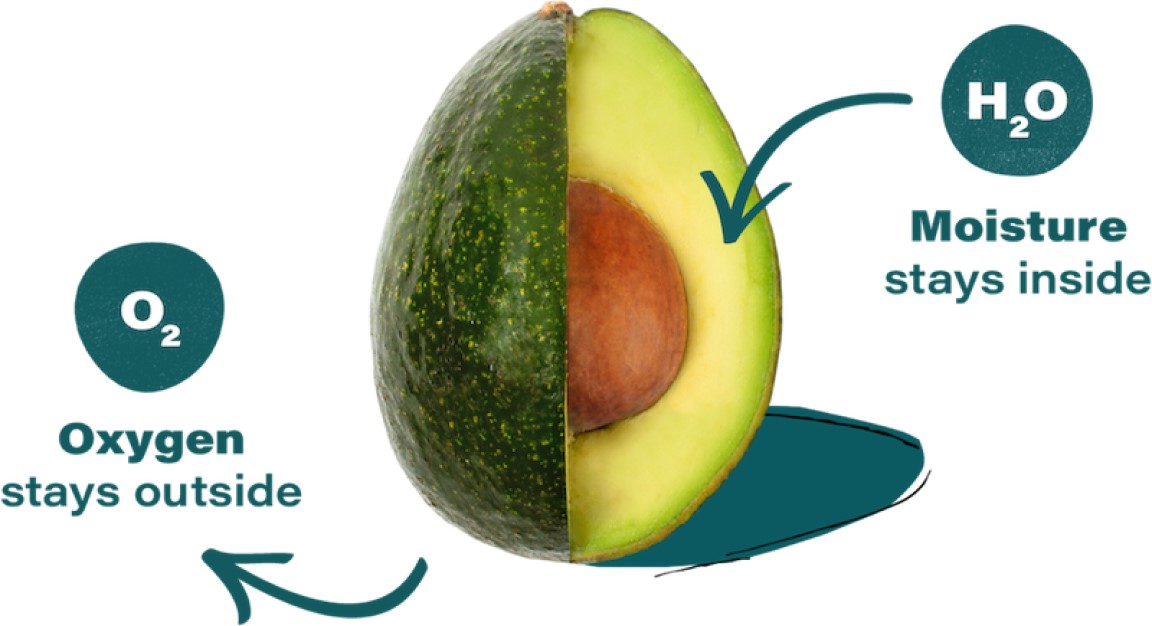
Apeel- 2012
But of course, science and ingenuity continues to develop new ways to creatively extend the lifetime of produce. Apeel is a waxy spray developed from plant-derived materials, like lipids and glycerolipids, found in the peels, seeds, and pulp of fruits and vegetables. This wax spray helps keep food from rotting by sealing the skin and locking in moisture, helping food last longer.
Apps for Redistribution – 2000s
With smartphones and apps changing the way we shop and order food, apps like Too Good To Go have made the list of food savers. Redistribution apps connect distributors and consumers to help move food around before it turns to waste. Sometimes great solutions are actually just better logistics.

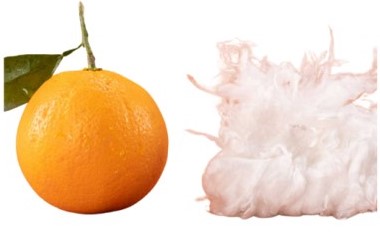
Orange Fiber- 2014
Innovation and food tech should go hand in hand since we’ve been innovating since humans figured out how to control smoke and fire. So, it’s no wonder that there are people exploring alternative ways of developing materials using the fibers from produce peels.
Adriana Santanocito and Enrica Arena have started doing just this by developing textiles made from orange peels after conducting a feasibility study at The Polytechnic University of Milan
Countertop Electric Composters – 2015
Composters have been around for a long time, but nothing like kitchen appliances like Pela’s Lomi and Vitamix FoodCycler have existed before. These electric composters help minimize waste at home by compressing it into smaller portions and reducing space of waste in landfills.
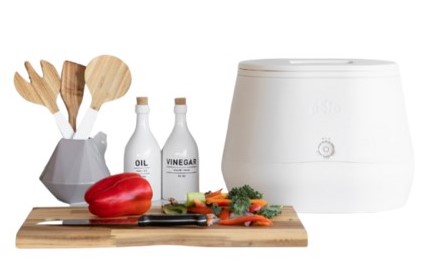
Trendi – Founded in 2019
Enter Trendi! That’s us. We are working to do our part to stop food waste and increase access to nutritious and shelf stable food by turning food from farms that are destined for landfill into Rescued Ingredients using our BioTrim processing units. These ingredients can then be sold and used in nutrient dense shelf stable products.
Our BioTrim technology is a proprietary advancement on freeze-drying, an old technology that we’ve modified for large and small scale processing.
The Future
What else does the future have in store for food and food waste prevention? How can changes in technology and behaviour revolutionize the food industry and help feed more bodies? There are so many solutions we have yet to discover, and so many innovations we can make to stop food waste, improve distribution, and increase access and equality to eliminate waste and improve food security.
One way we can all help reduce food waste is by looking at our own shopping, cooking, and eating habits to find areas where we can stop food waste from happening. Take The Pledge to Stop Food Waste with us and we will help you learn new ways to stop food waste.
Article written by:
Brian Lynchehaun, Content Writer
Brian has long been interested in practical solutions to a variety of social justice issues, at the systemic level. With a BA in philosophy he is looking at everything with an interconnected macro lens.

